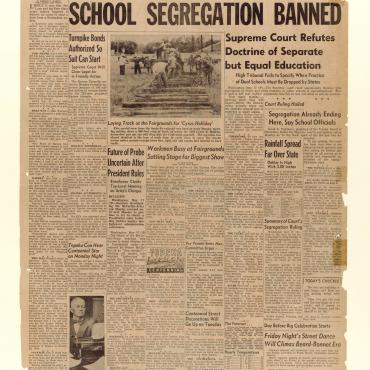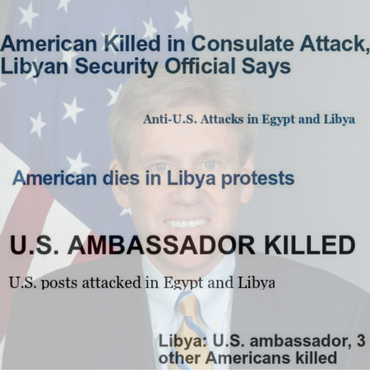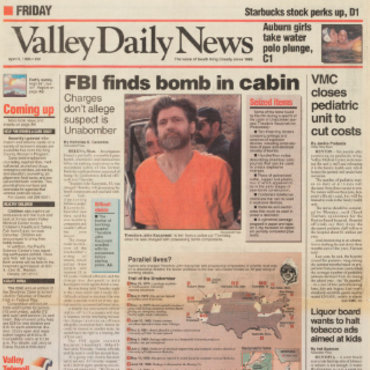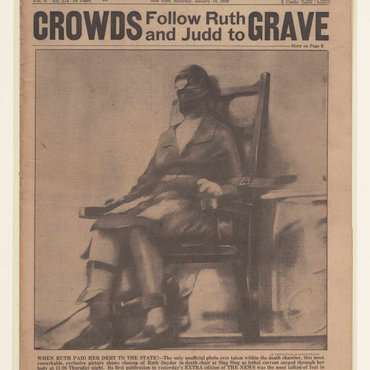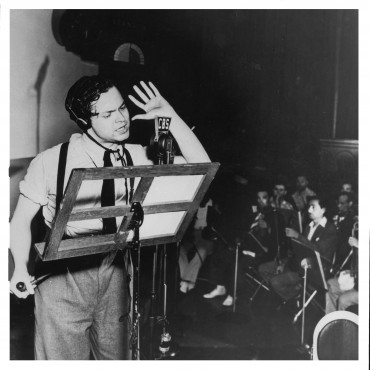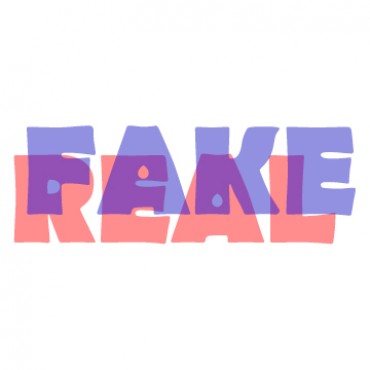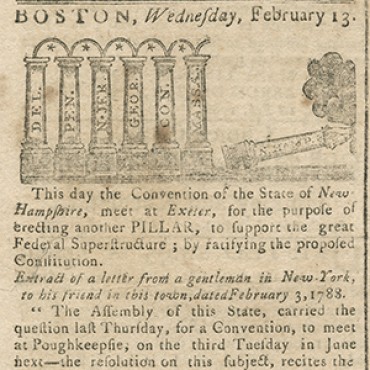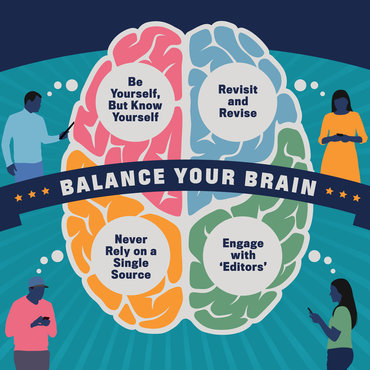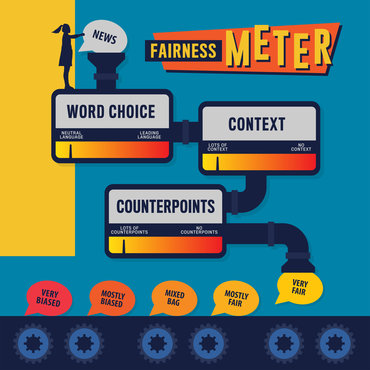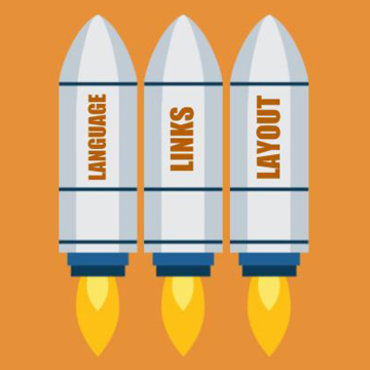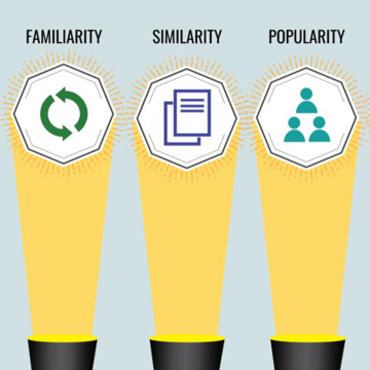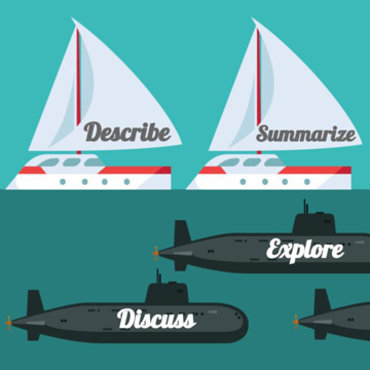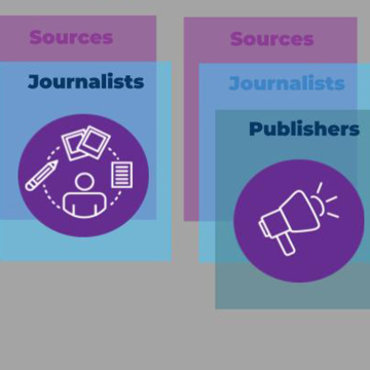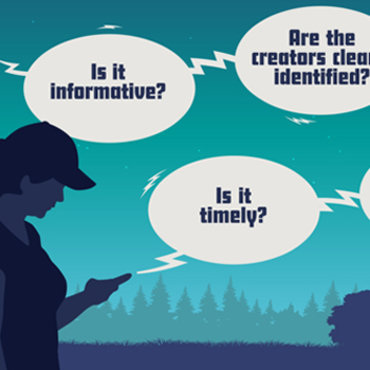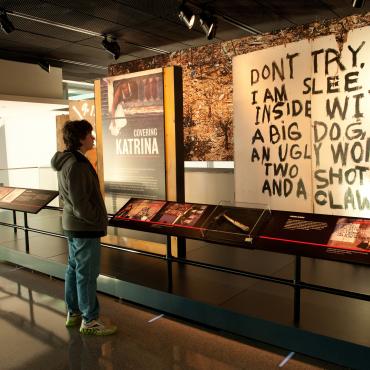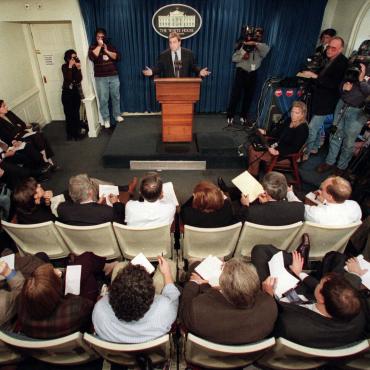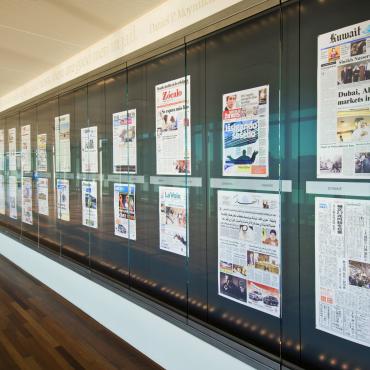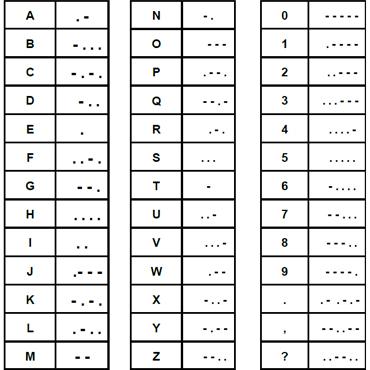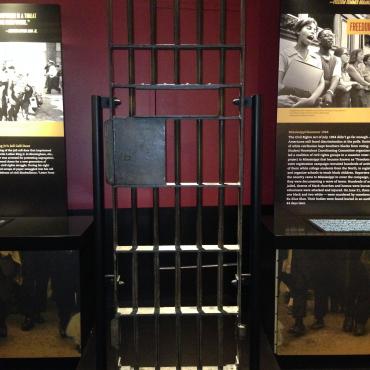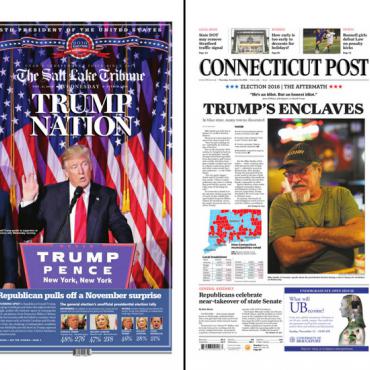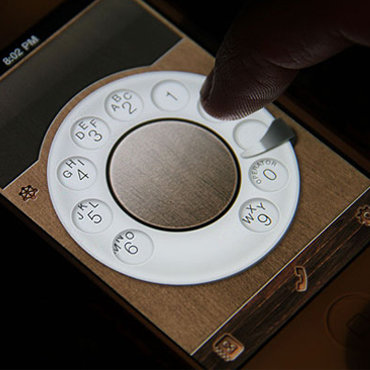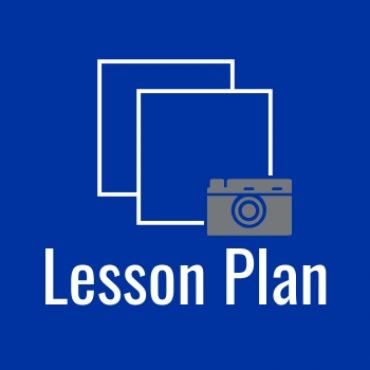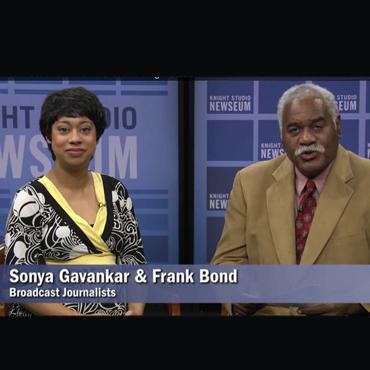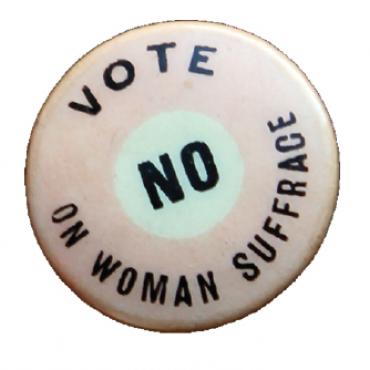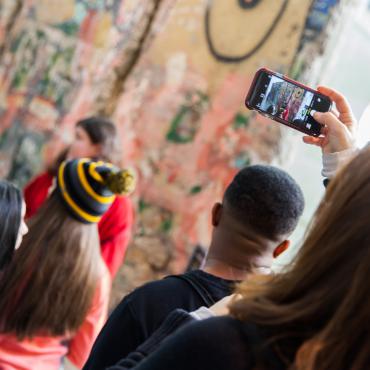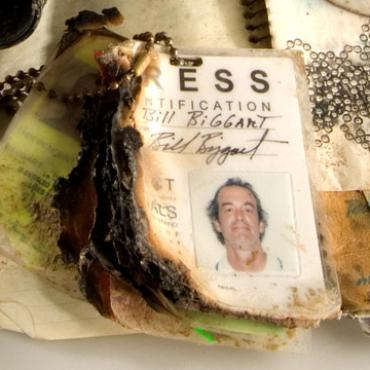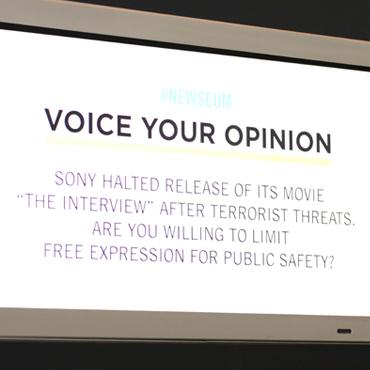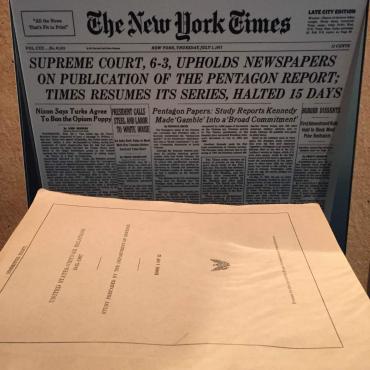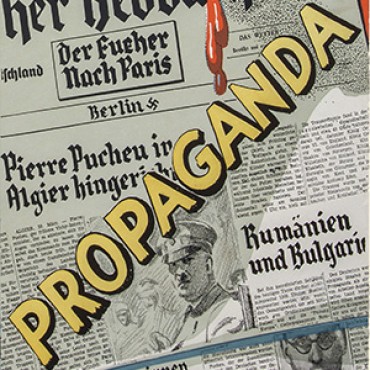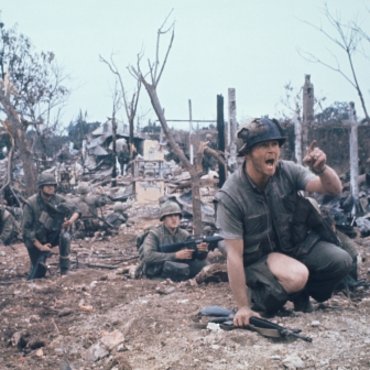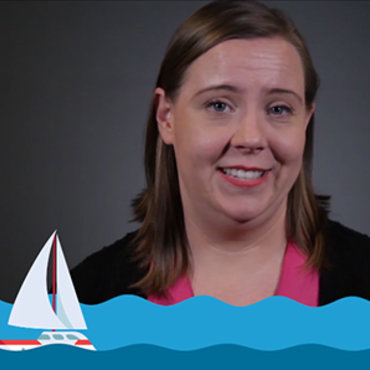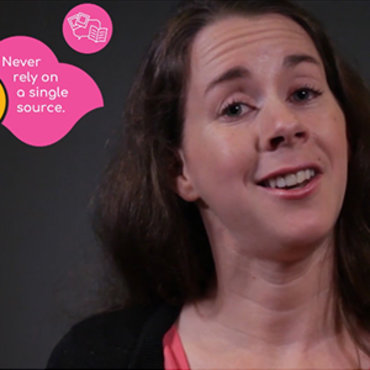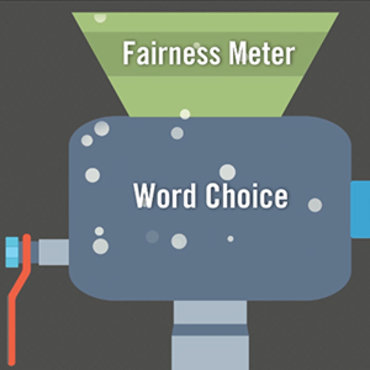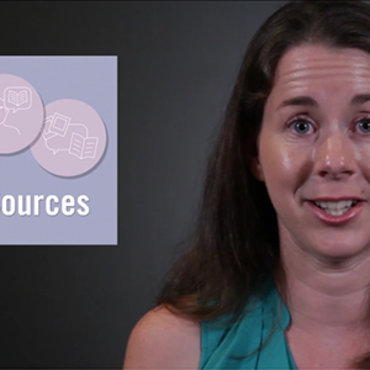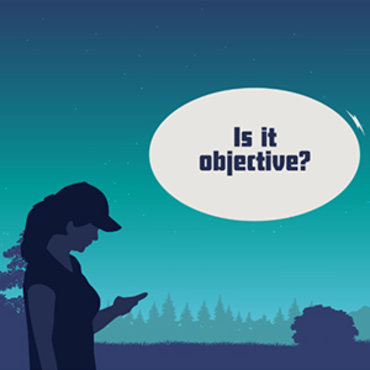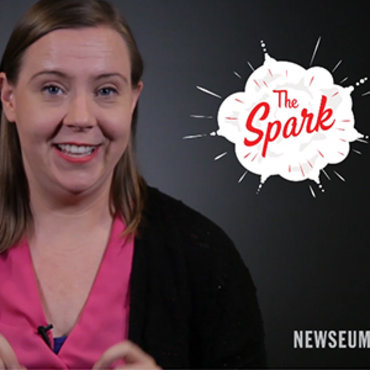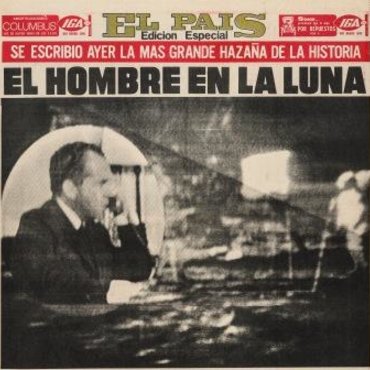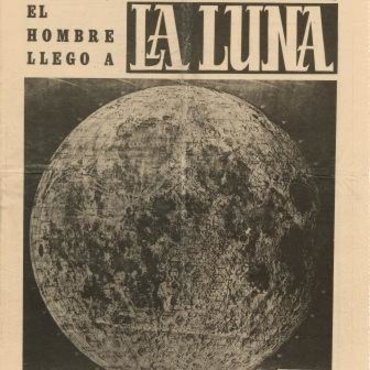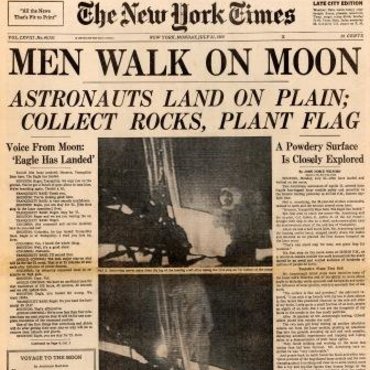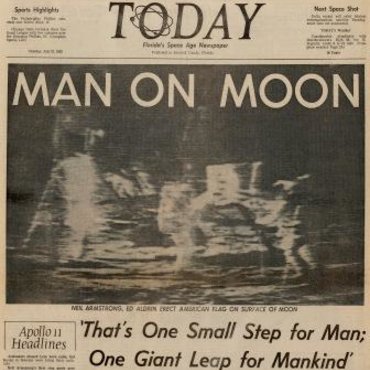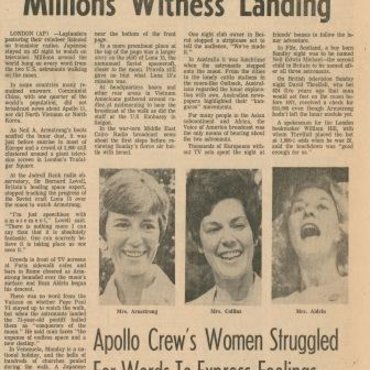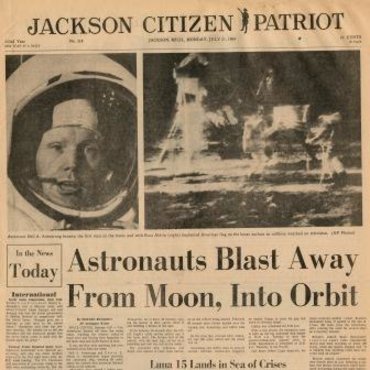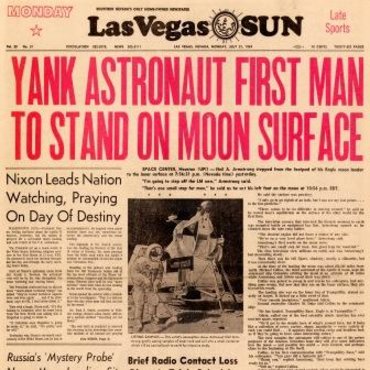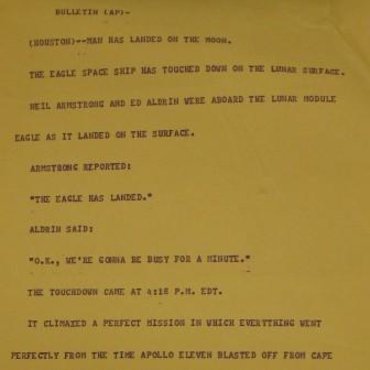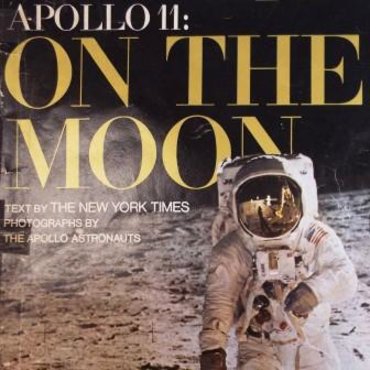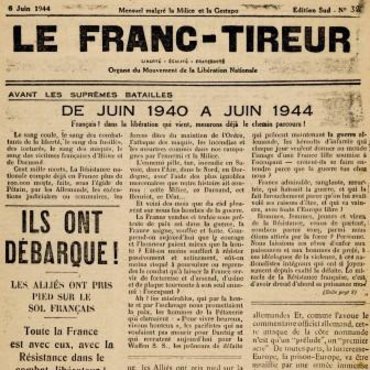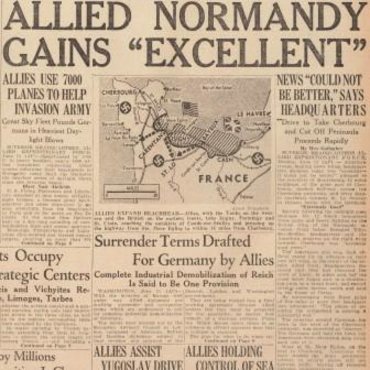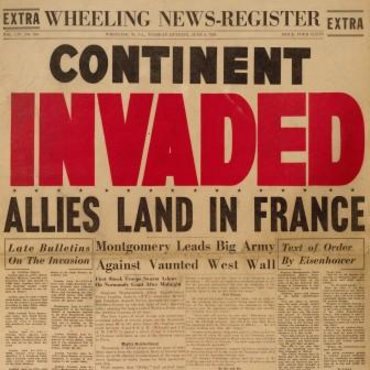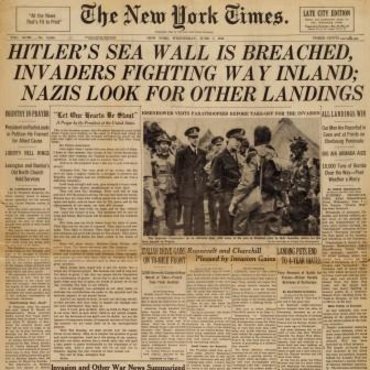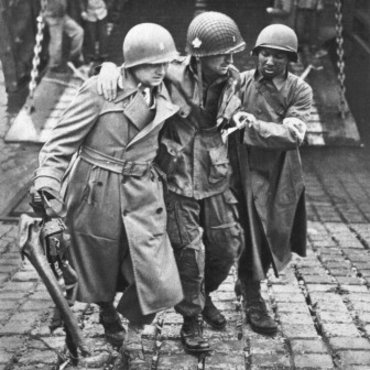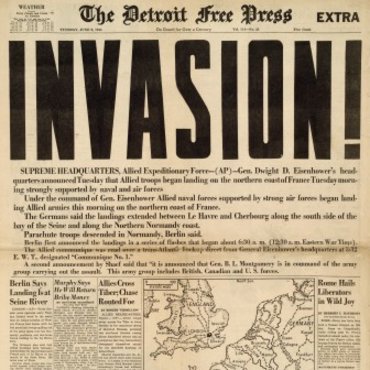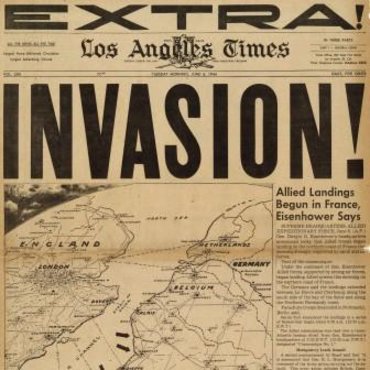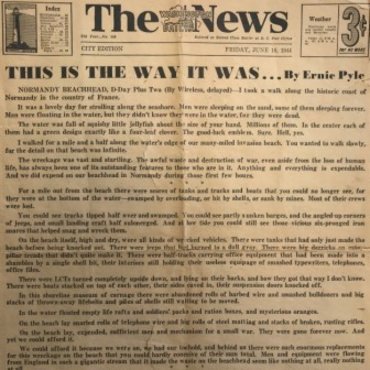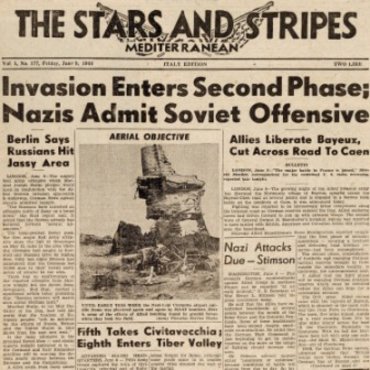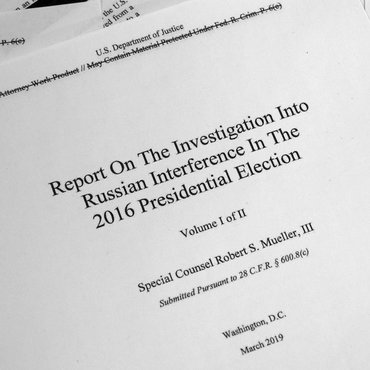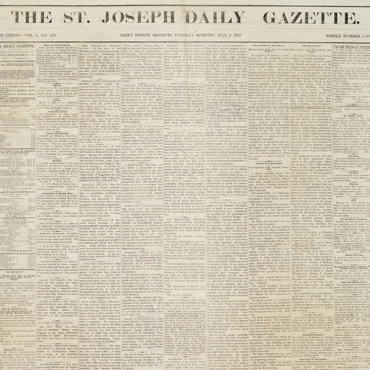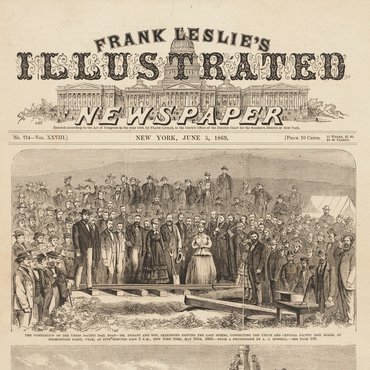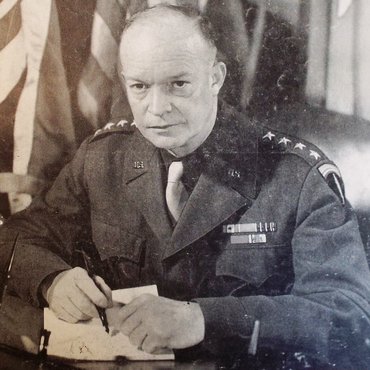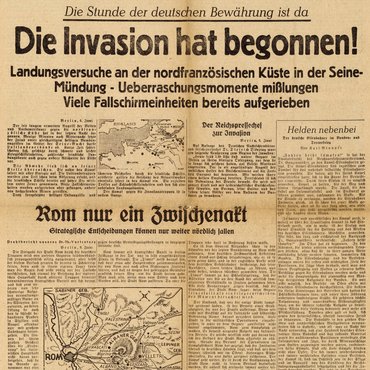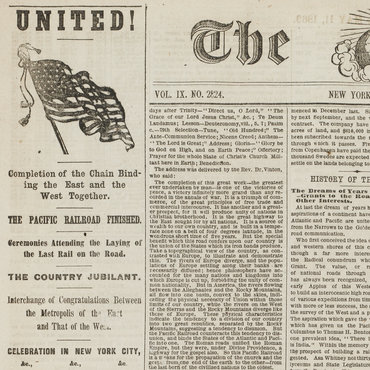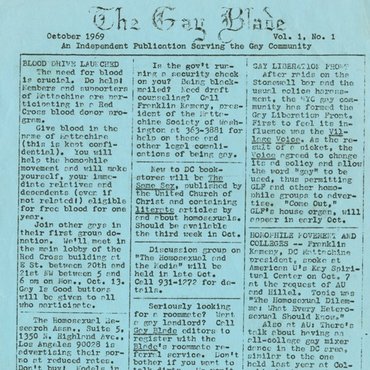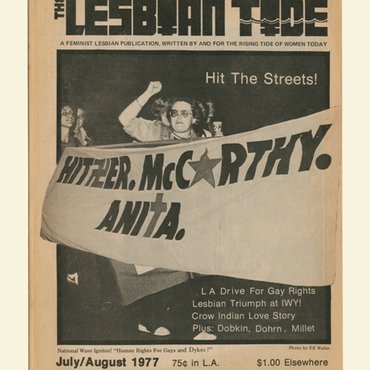
Lesson Plan
The Speed of News: Media Matchup Game
Students learn about seven different forms of communication, then play a game to explore when they would want to use these different forms.
Get even more great free content!
This content contains copyrighted material that requires a free NewseumED account.
Registration is fast, easy, and comes with 100% free access to our vast collection of videos, artifacts, interactive content, and more.
Sign Up
?
NewseumED is provided as a free educational resource and contains copyrighted material. Registration is required for full access. Signing up is simple and free.
With a free NewseumED account, you can:
- Watch timely and informative videos
- Access expertly crafted lesson plans
- Download an array of classroom resources
- and much more!
Duration
Less than 30 minutes
Topic(s)
- Journalism
Grade(s)
- 3-5
- Introduce the topic to students by asking, ‘What does communicate mean?” (to share information) and “How are different ways you share information with others? (e-mail, telephone, talking, written notes, etc.) List answers on the board.
- Tell students they are going to focus on seven different forms of communication. Write them on the board and discuss what each form of communication is and how it is used to share information:
-
- Speech/Word of mouth (telling someone news directly, in person)
- Pictures (sharing information using drawings, photographs or other images)
- Writing (using a pen, pencil, paper, to record information)
- Printing (using a printing press or a computer and printer to make many copies)
- Telephone (sharing information by speaking to someone who could be far away, which is different from ‘word of mouth’ because you are using technology to communicate, not speaking to them in person)
- Television (sharing information over the airwaves so people can see it on their TV sets)
- Radio (sharing information over the airwaves so people can hear it through their radios)
- Tell the students they are going to play a matching game. You will read them a series of situations in which a person needs to share some information. For each one, they will vote for which type of communication they think should be used.
- Read each scenario, then tally the votes and write the name of the scenario under or next to the winning form of communication.
- Have some students explain why they voted as they did. Give them some ideas about the issues they should be considering, for example: Do you want to find a fast way to communicate or is slow OK? Do you want to share this information with a lot of people or just a few? Do you want to be able to see pictures, hear words or read words?
Scenarios
- Hurricane: You are in a city that has just been hit by a hurricane. The streets are flooded and lots of trees have been blown down. You want to show people across the country all the destruction that has taken place. What form of communication should you use?
- Cupcake: You are at the bakery and you see that they have your friend’s favorite kind of cupcake. You want to let your friend know before they sell out. What form of communication should you use?
- Bracelet: You are in your classroom and find a bracelet that you know your classmate has been looking for. You want to let her know you found it. What form of communication should you use?
- Dog: You lost your dog. You want to let everyone in your neighborhood know that he’s lost and what he looks like. What form of communication should you use?
- Library: You are at the library studying with some friends. You want to ask one of them a question, but you’re supposed to be quiet in the library study room. What form of communication should you use?
- Soccer: Your team is playing in a championship game. You want everyone in the community to be able to follow what’s happening in the game as it’s played. What form of communication should you use?
- A board or large pieces of paper that all students can see
- Did everyone agree on the form of communication to use for each scenario? Why or why not?
- Choose one scenario. Would it be possible to share the information in a different way than the one that won the vote? What about for the other scenarios? Is there more than one way to share each message?
- Which forms of communication are best to use when you’re in a hurry? Which are good to use when you’re not in a hurry? Why?
-
Common Core State Standards: CCSS.ELA-LITERACY.CCRA.R.7
Integrate and evaluate content presented in diverse media and formats, including visually and quantitatively, as well as in words.
-
National Council of Teachers of English: NCTE.8
Students use a variety of technological and information resources (e.g., libraries, databases, computer networks, video) to gather and synthesize information and to create and communicate knowledge.
